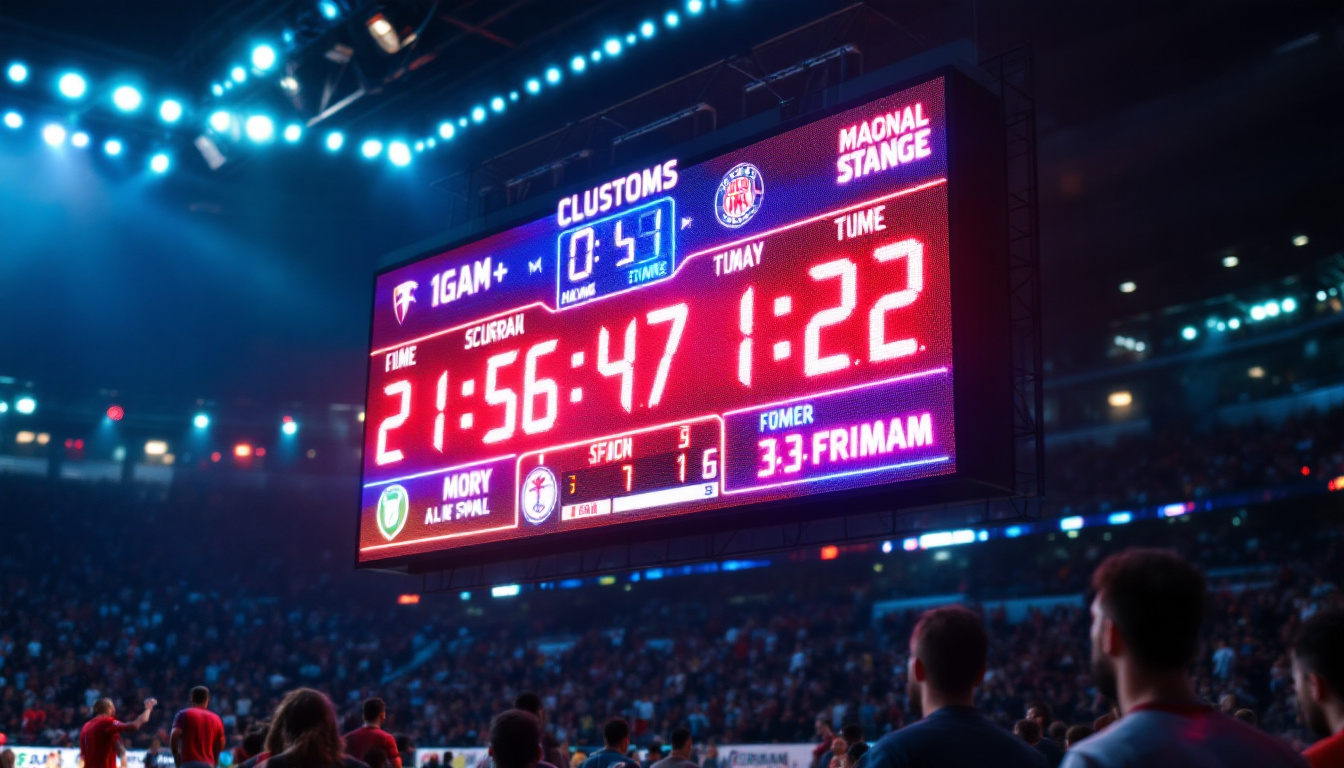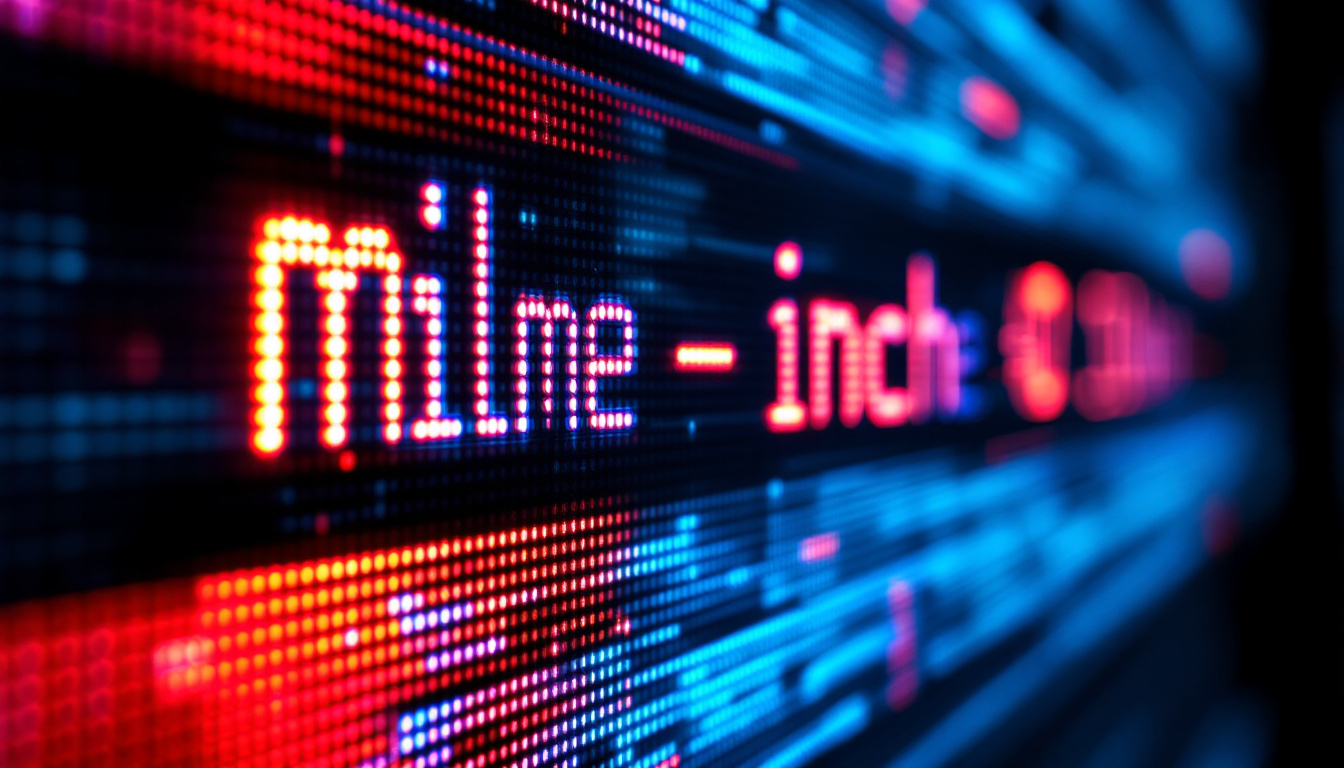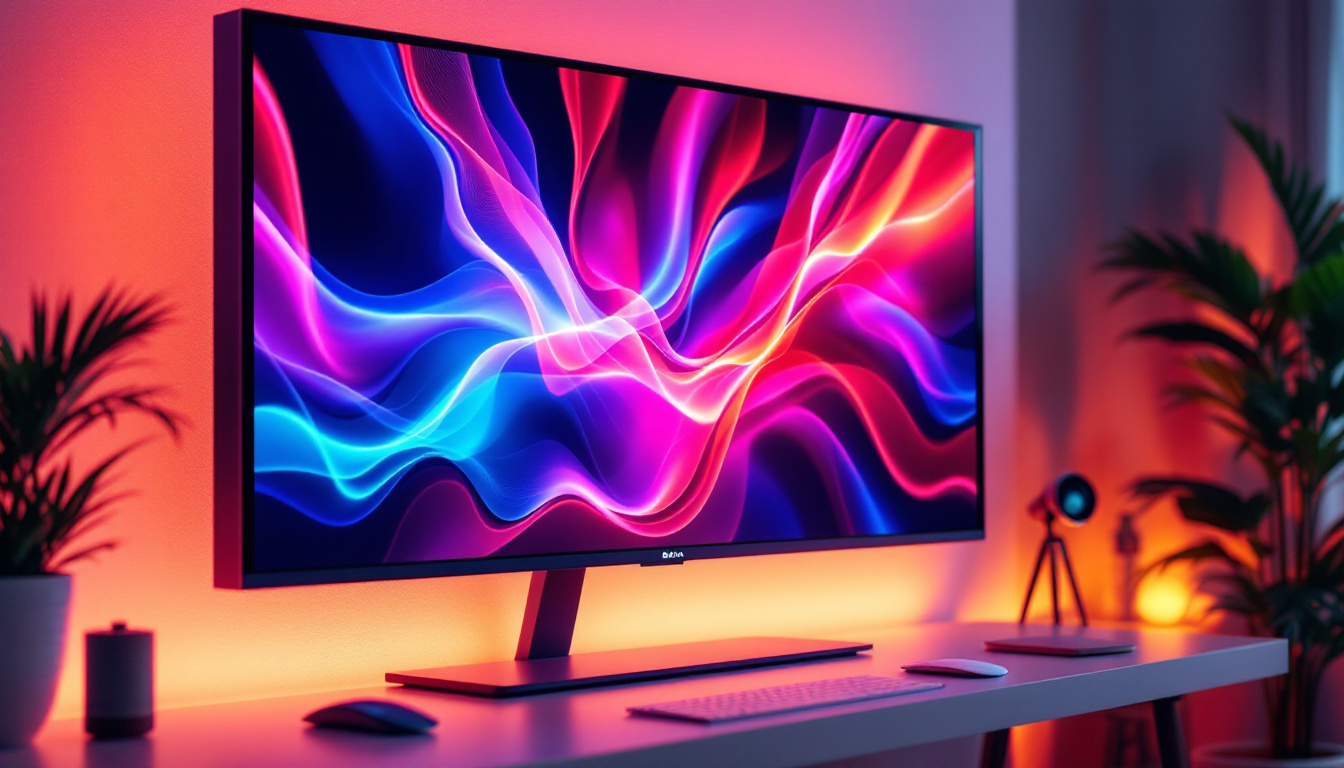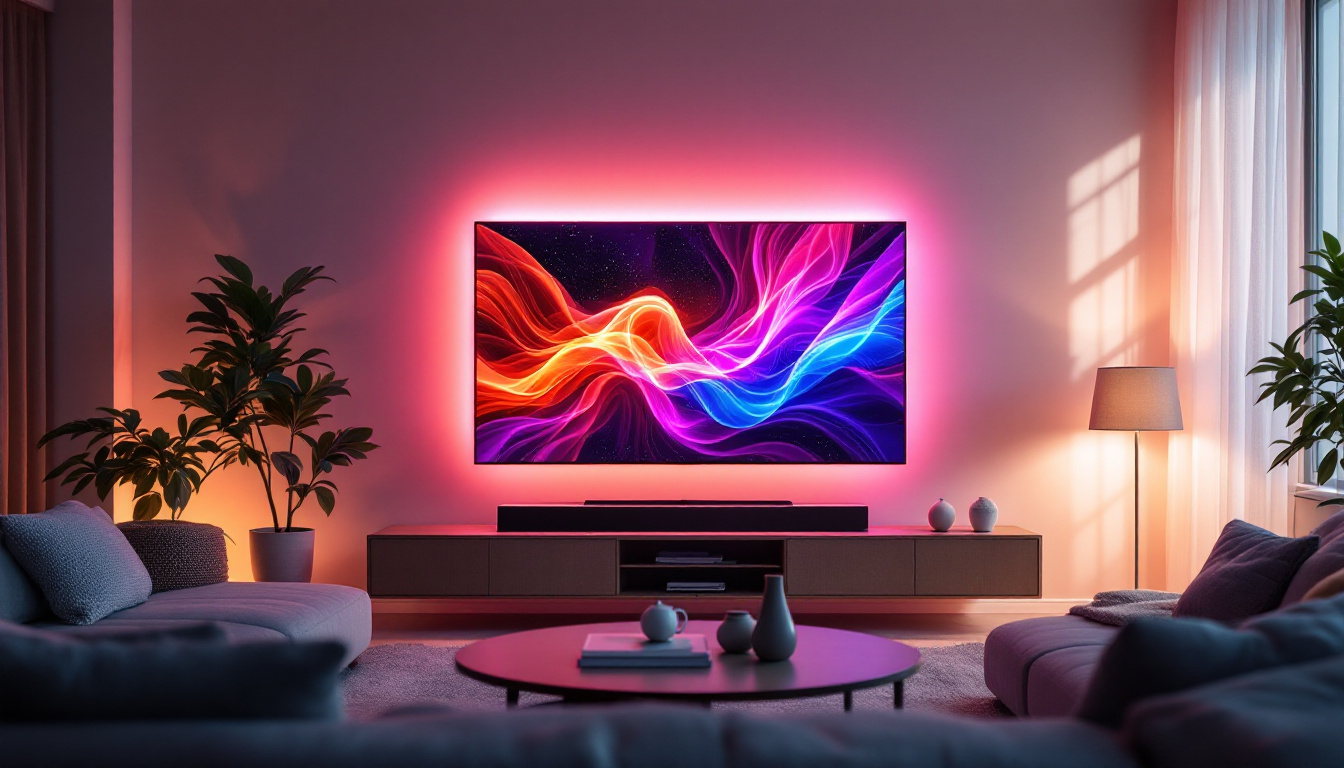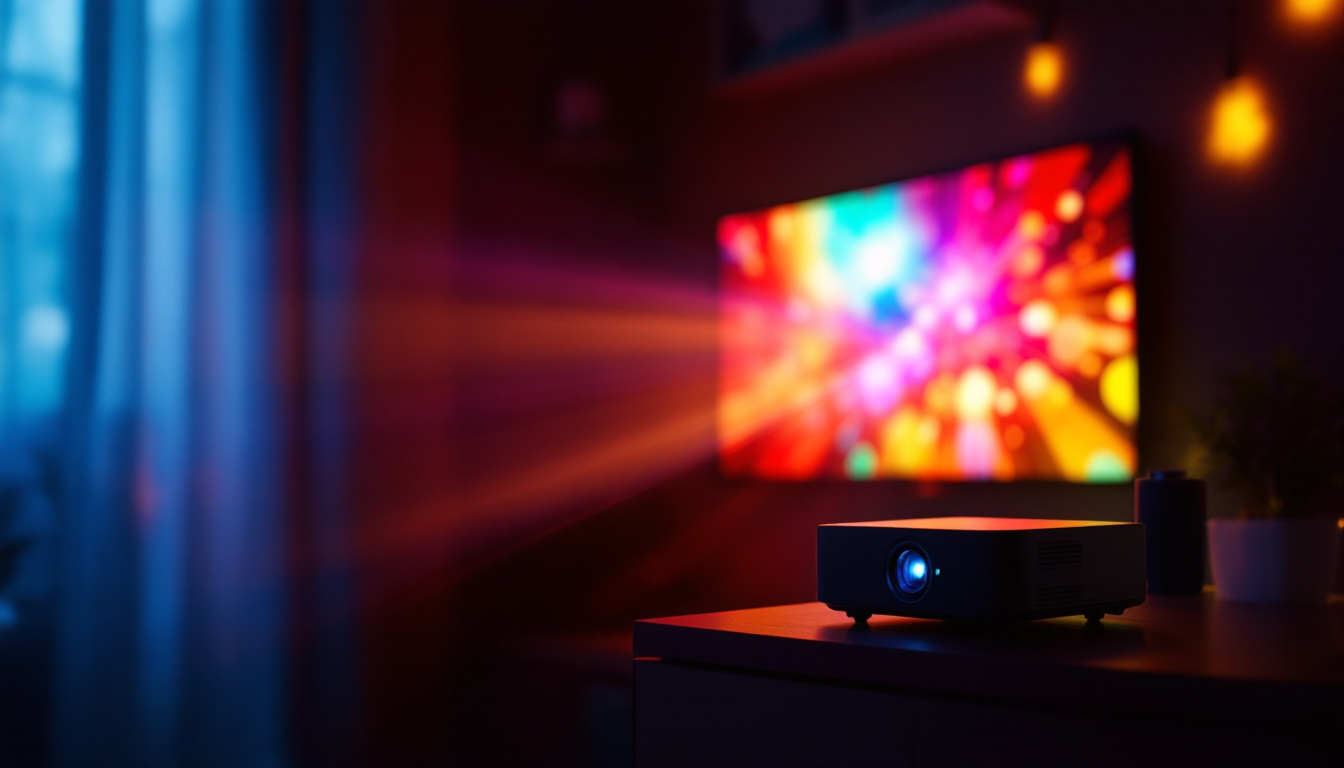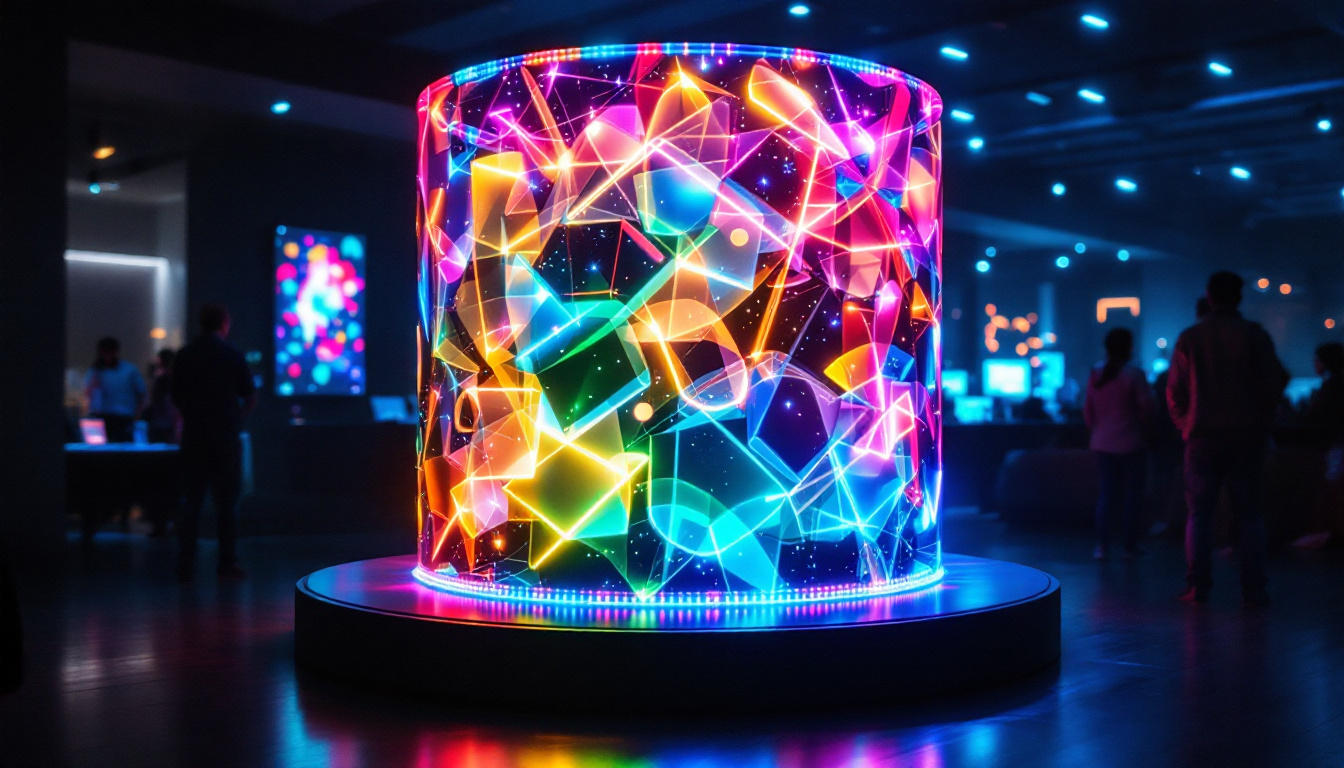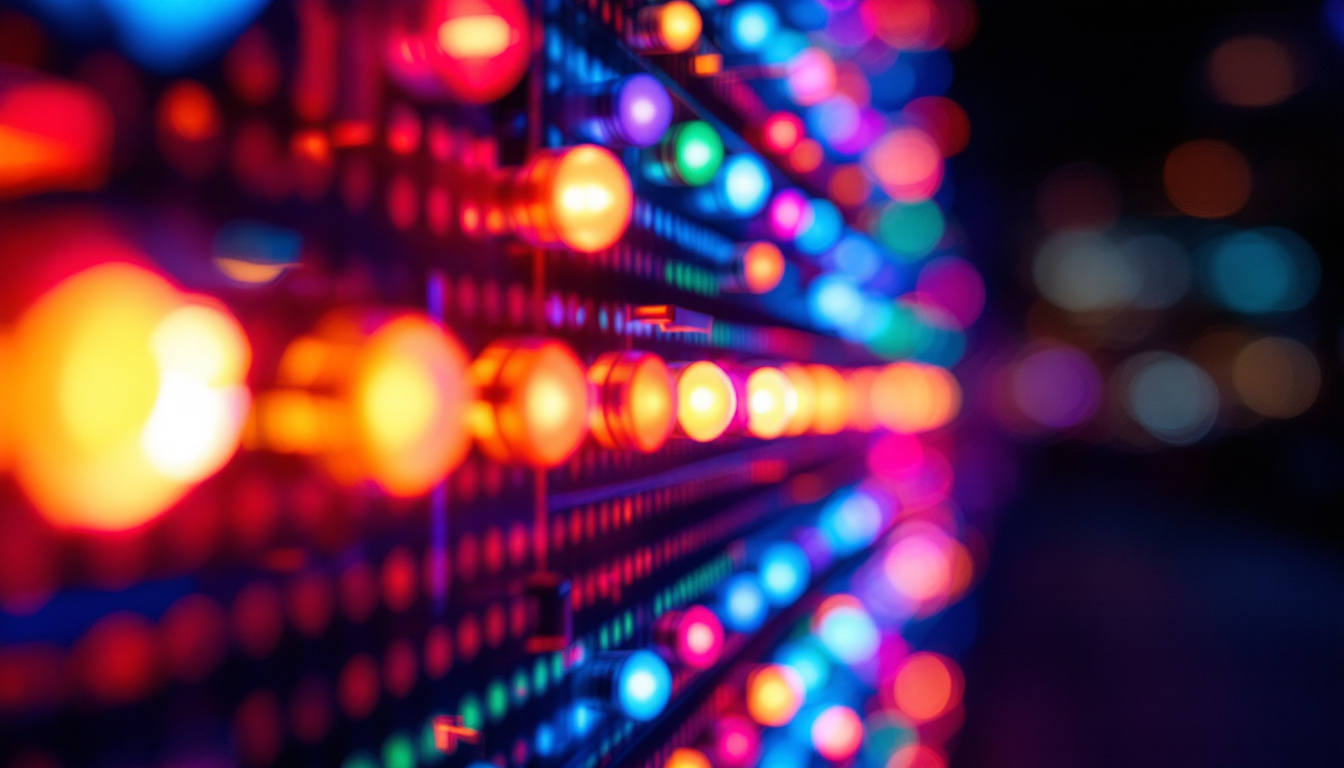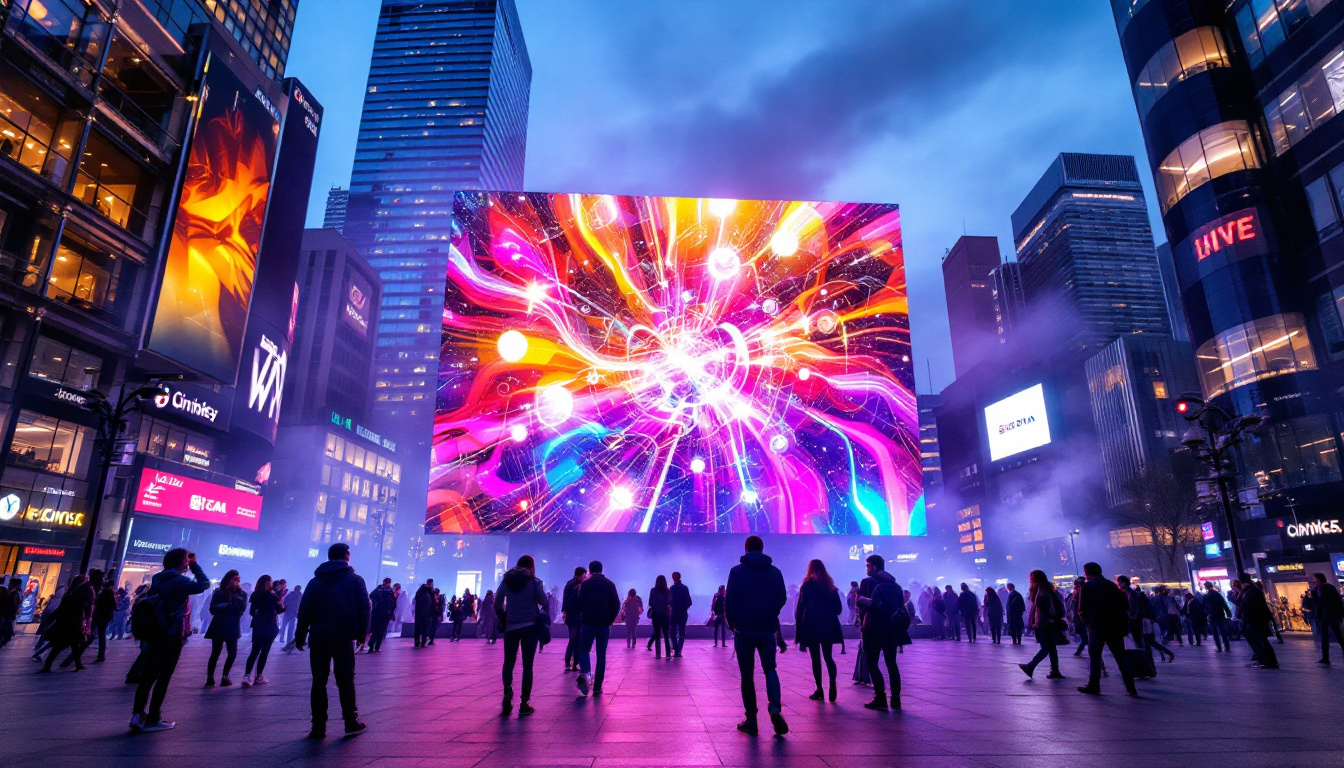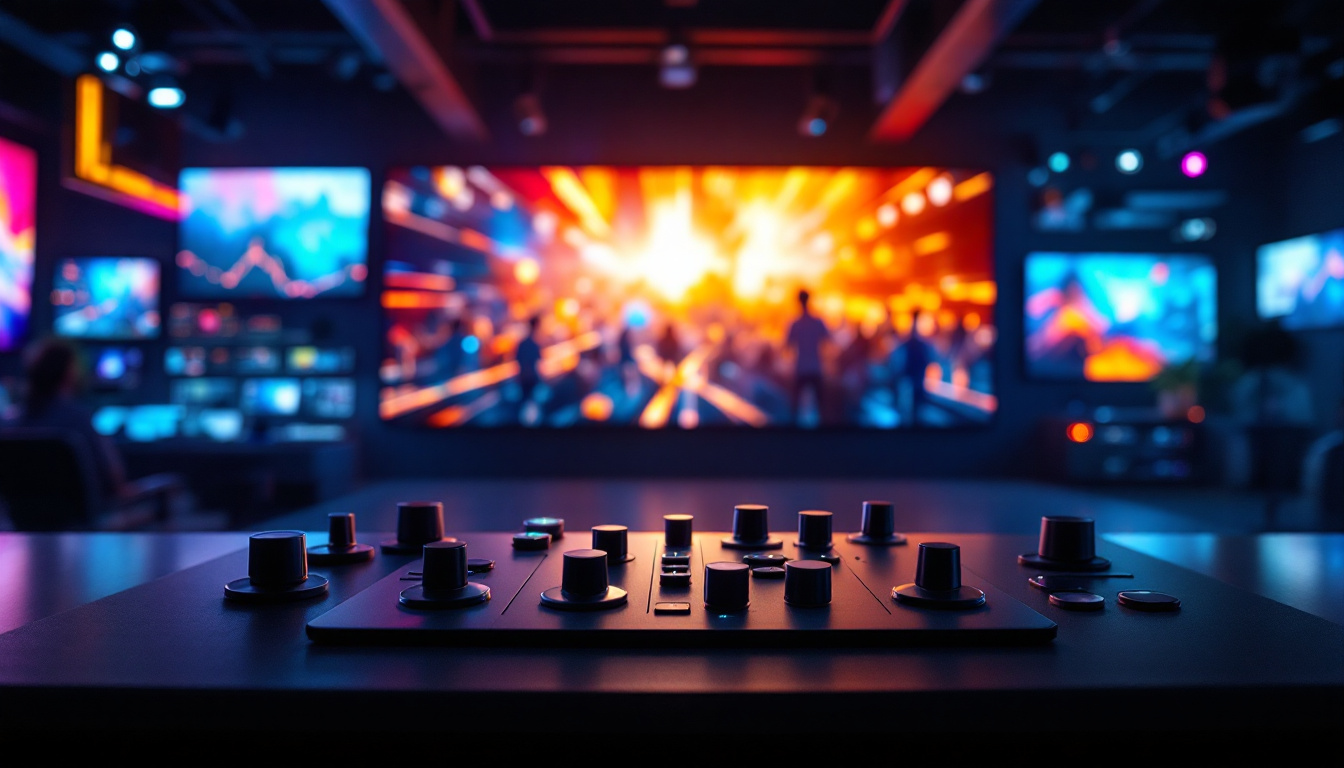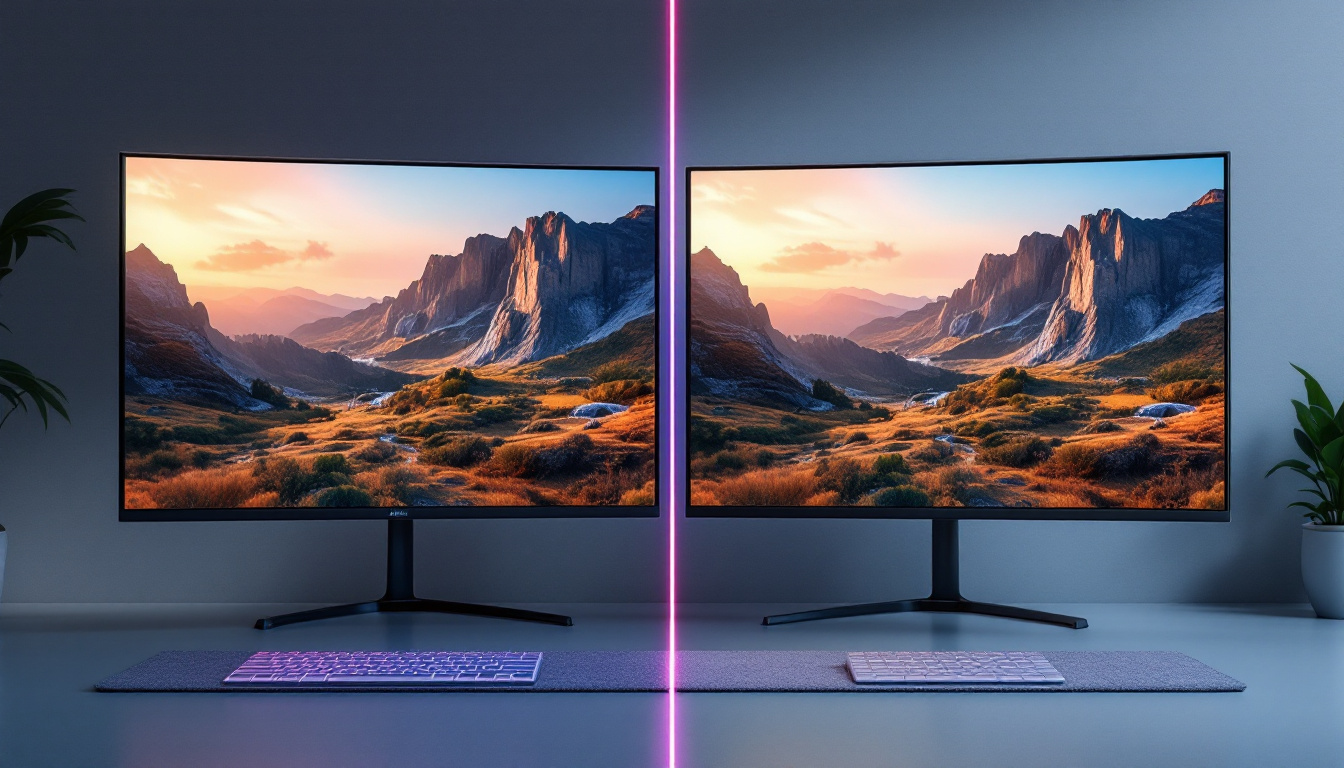In the world of sports, particularly football, the scoreboard is an essential component that keeps players, coaches, and fans informed about the game’s progress. With technological advancements, traditional scoreboards have evolved into digital LED displays, offering enhanced visibility, interactivity, and functionality. This article delves into the intricacies of digital football scoreboards, focusing on LED display technology, its features, advantages, and the future of scorekeeping in sports.
Understanding LED Technology
LED, or Light Emitting Diode, is a semiconductor device that emits light when an electric current passes through it. This technology has revolutionized various industries, including sports, where its application in scoreboards has become increasingly prevalent. The shift from traditional incandescent bulbs to LED technology has not only improved visibility but has also significantly reduced energy consumption, making it an environmentally friendly choice.
How LED Displays Work
LED displays consist of numerous small diodes arranged in a grid-like pattern. Each diode can emit different colors, allowing for a wide range of visual effects. When it comes to scoreboards, these displays can showcase not only the score but also player statistics, game time, and even advertisements. The technology behind LED displays allows for rapid refresh rates, which means that information can be updated in real-time, providing fans with the most current data as the game unfolds.
The brightness of LED displays is a significant advantage, making them visible in various lighting conditions, whether under the glaring sun or in dimly lit stadiums. This feature ensures that fans and players can easily read the information displayed, enhancing the overall viewing experience. Additionally, many modern LED displays are equipped with sensors that automatically adjust brightness based on ambient light, further optimizing visibility and reducing energy waste.
Types of LED Displays
There are primarily two types of LED displays used in football scoreboards: monochrome and full-color. Monochrome displays typically show only one color, usually red or green, and are used for basic scorekeeping. In contrast, full-color LED displays can showcase a wide spectrum of colors, allowing for dynamic graphics and animations that can engage the audience more effectively. These displays utilize a combination of red, green, and blue (RGB) diodes to create a full palette of colors, enabling teams to present vibrant visuals that capture the excitement of the game.
Full-color displays are particularly popular in professional leagues, where the need for real-time statistics, replays, and advertisements is crucial. They can create an immersive experience for fans, making the game more exciting and interactive. Beyond just displaying scores, these advanced scoreboards can incorporate features such as live social media feeds, fan polls, and even augmented reality elements, enhancing the connection between the game and its audience. This level of engagement not only keeps fans entertained but also encourages them to share their experiences on social platforms, further promoting the sport and the teams involved.
Key Features of Digital Football Scoreboards
Modern digital football scoreboards come equipped with a plethora of features that enhance their functionality. These features not only streamline the scorekeeping process but also improve the overall spectator experience.
Real-Time Updates
One of the standout features of digital scoreboards is their ability to provide real-time updates. This means that as soon as a goal is scored or a penalty is issued, the scoreboard reflects these changes instantly. This immediacy keeps everyone informed and engaged, allowing for a more dynamic atmosphere during the game. Furthermore, real-time updates can also include live statistics such as possession percentages, shots on goal, and player fouls, which can be critical for fans and analysts alike. This level of detail not only enriches the game experience but also fosters a deeper understanding of the match dynamics.
Customizable Display Options
Digital scoreboards offer customizable display options that allow teams and venues to tailor the information shown to their specific needs. For example, teams can highlight player statistics, upcoming fixtures, or even sponsor messages. This flexibility not only serves to inform but also to promote team branding and partnerships. Moreover, some scoreboards can feature animated graphics or themed displays, enhancing the visual appeal during special events or rival matches. This capability to adapt the display according to the occasion adds an extra layer of excitement and engagement for fans, making each game feel unique.
Integration with Other Technologies
Modern scoreboards can integrate seamlessly with other technologies, such as video cameras and replay systems. This integration allows for the display of instant replays, enhancing the viewing experience for fans. Additionally, scoreboards can connect to mobile apps, enabling fans to receive updates directly on their devices, further bridging the gap between the game and the audience. This connectivity also opens up avenues for interactive features, such as live polls or trivia games that fans can participate in during breaks in the action. Such innovations not only keep the audience entertained but also encourage a sense of community among supporters, as they engage with the game and each other in real-time.
Advantages of Digital Scoreboards
The transition from traditional scoreboards to digital LED displays comes with numerous advantages. These benefits extend beyond mere aesthetics, impacting the way games are played and experienced.
Enhanced Visibility
One of the primary advantages of LED displays is their enhanced visibility. The brightness and clarity of digital scoreboards ensure that information is easily readable from various distances and angles. This is particularly important in large stadiums where fans may be seated far from the field. Additionally, the ability to adjust brightness levels according to ambient light conditions means that information remains clear and legible during both day and night events, enhancing the overall spectator experience. Furthermore, digital scoreboards can display vibrant graphics and animations, capturing the attention of fans and creating an engaging atmosphere that traditional scoreboards simply cannot match.
Durability and Low Maintenance
LED displays are known for their durability. Unlike traditional scoreboards that may require frequent repairs or replacements, LED technology is built to withstand the rigors of outdoor conditions. This durability translates to lower maintenance costs over time, making digital scoreboards a more economical choice for sports venues. Moreover, many digital scoreboards come equipped with weather-resistant features, ensuring they can endure rain, snow, and extreme temperatures without compromising performance. This resilience not only safeguards the investment but also allows venues to focus their resources on enhancing the fan experience rather than worrying about scoreboard upkeep.
Energy Efficiency
Another significant benefit of LED technology is its energy efficiency. LED displays consume less power compared to traditional lighting systems, which not only reduces operational costs but also minimizes the environmental impact. This aspect is increasingly important as organizations strive to adopt more sustainable practices. In addition to lower energy consumption, many digital scoreboards are designed with smart technology that allows for automated brightness adjustments and scheduling, further optimizing energy use. This commitment to sustainability not only appeals to environmentally conscious fans but also positions sports organizations as responsible stewards of their communities.
Versatile Content Display
Digital scoreboards offer unparalleled versatility in content display, allowing venues to showcase a variety of information beyond just scores and statistics. Teams can utilize these displays to promote upcoming events, feature player highlights, and run advertisements, creating additional revenue streams. The ability to change content in real time means that teams can respond to the flow of the game, displaying critical information like player substitutions, instant replays, or even fan engagement polls. This dynamic capability not only keeps the audience informed but also enhances their emotional connection to the game, making each event more memorable and interactive.
Integration with Social Media
In today’s digital age, the integration of social media with digital scoreboards has become a game-changer. Venues can display live feeds of social media posts, encouraging fans to share their experiences in real-time. This interaction fosters a sense of community among spectators, as they see their posts featured on the big screen. Additionally, teams can create hashtags for specific games or events, prompting fans to participate in conversations online. This synergy between physical and digital engagement not only amplifies the excitement of the event but also helps teams build a stronger online presence, attracting new fans and sponsors alike.
Challenges and Considerations
While digital football scoreboards offer numerous benefits, there are also challenges and considerations that organizations must address when implementing this technology.
Initial Investment Costs
The initial investment for digital scoreboards can be substantial. Organizations must weigh the costs against the long-term benefits. While the upfront expense may be high, the return on investment through enhanced fan engagement and reduced maintenance can justify the expenditure.
Technical Expertise
Operating and maintaining digital scoreboards requires a certain level of technical expertise. Staff must be trained to handle software updates, troubleshoot issues, and ensure that the display functions correctly during games. This need for specialized knowledge can be a barrier for some organizations.
Content Management
Effective content management is crucial for maximizing the potential of digital scoreboards. Organizations need to develop a strategy for what information to display and how to keep it engaging. This may involve hiring dedicated personnel or outsourcing to specialized companies that can manage content effectively.
The Future of Digital Scoreboards
The future of digital football scoreboards looks promising, with advancements in technology continuing to shape the landscape. As fan engagement becomes increasingly important, scoreboards are likely to evolve further to meet these demands.
Augmented Reality Integration
One of the most exciting prospects for the future of scoreboards is the integration of augmented reality (AR). AR technology can overlay digital information onto the physical world, allowing fans to see player statistics or game highlights through their smartphones or AR glasses. This interactive experience could revolutionize the way fans engage with the game.
Smart Scoreboards
Smart technology is also making its way into sports scorekeeping. Future scoreboards may incorporate artificial intelligence to analyze game data and provide insights in real-time. This could enhance coaching strategies and improve player performance by offering data-driven recommendations during games.
Environmental Considerations
As sustainability becomes a focal point for many organizations, future scoreboards will likely prioritize eco-friendly materials and energy-efficient technologies. Innovations in solar-powered LED displays could further reduce the environmental footprint of sports venues, aligning with global sustainability goals.
Conclusion
Digital football scoreboards equipped with LED display technology have transformed the way games are experienced by players and fans alike. With their enhanced visibility, real-time updates, and customizable features, these scoreboards not only keep everyone informed but also create a more engaging atmosphere in stadiums.
While challenges such as initial costs and the need for technical expertise exist, the long-term benefits of digital scoreboards are undeniable. As technology continues to advance, the future of scorekeeping in football promises to be even more exciting, with innovations like augmented reality and smart technology on the horizon.
In an era where fan engagement is paramount, investing in a digital football scoreboard is not just a matter of keeping score; it’s about enhancing the overall experience of the game. As teams and organizations embrace this technology, the beautiful game will only become more captivating for everyone involved.
Enhance Your Game Day Experience with LumenMatrix
Ready to elevate the excitement of football with unparalleled clarity and engagement? Discover LumenMatrix’s innovative LED display solutions, crafted for the modern sports arena. From vibrant Indoor and Outdoor LED Wall Displays to dynamic LED Sports Displays and beyond, LumenMatrix is committed to revolutionizing your visual communication. Whether it’s for scorekeeping, instant replays, or fan interaction, our displays ensure your message resonates with impact. Don’t just keep score—create a captivating visual experience that thrills every spectator. Check out LumenMatrix LED Display Solutions today and transform your stadium into a beacon of excitement and engagement.

